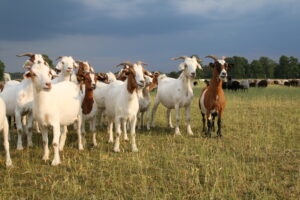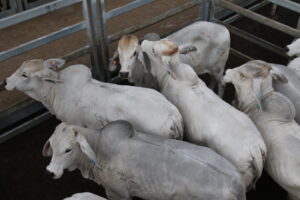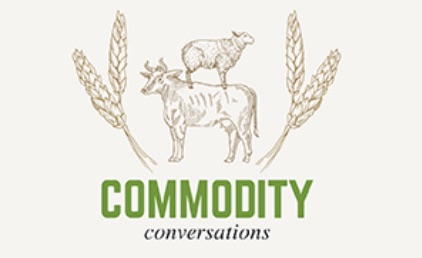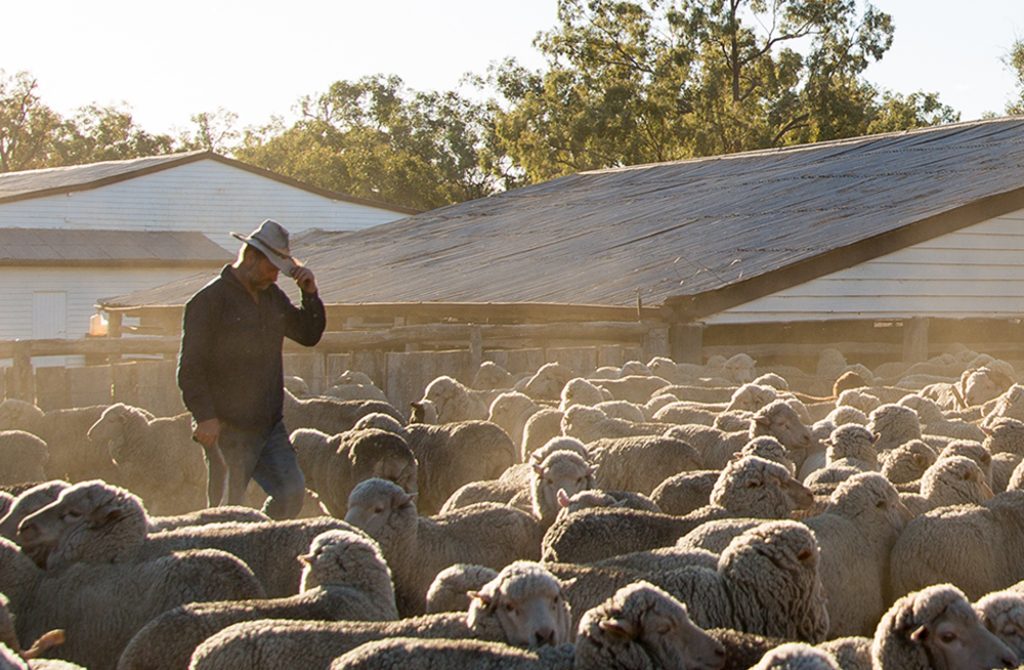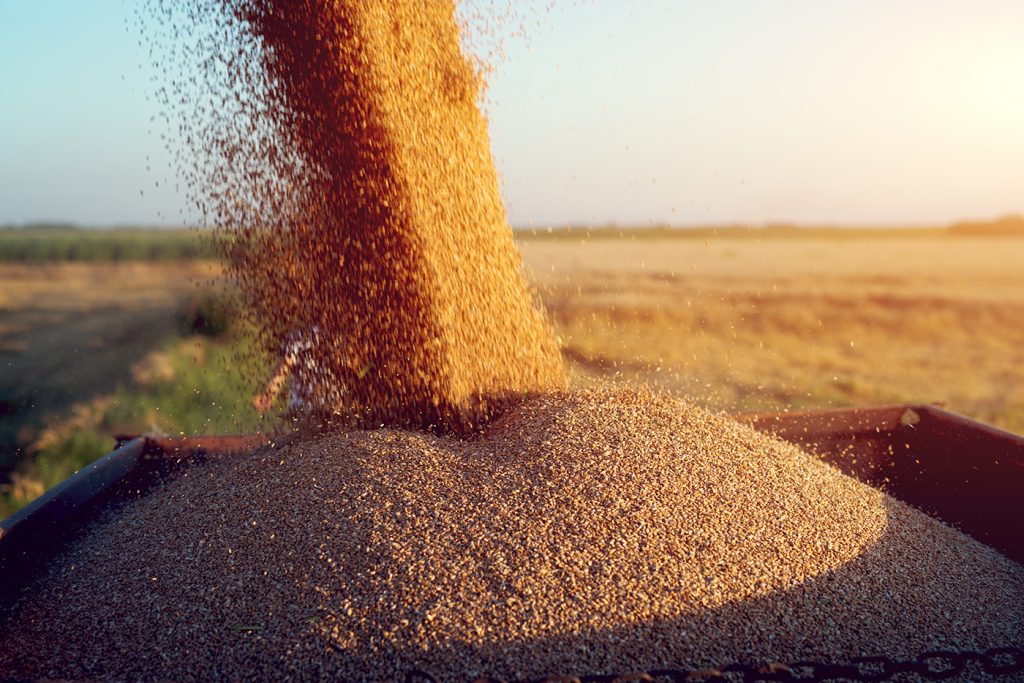“I won’t use swaps because if the market goes up I will lose”
“I have heard of a wheat farmer who lost his farm as a result of taking a Grain Swap”
“The bank always wins; they know more about the market than we do”
“With swaps, someone always wins and someone always loses”
Sound familiar?
These are just some of the statements we have heard from farmers when the issue of swaps is raised.
Swaps have been around in the grains industry for many years. They were developed by banks as an added service to their customers. These customers were finding it difficult to deal with the regulatory and management issues around commodity futures contracts.
Bank swaps are a ’user friendly’ product that is based on an underlying futures contract. However, they do not have the deposit and margin requirements of traditional futures contracts. In essence, they perform the same purpose as a futures contract.
Banks identified an opportunity to provide this service and reduce the financial impost on users. In fact, the bank generally already holds sufficient financial security and is therefore able to provide the swap with a minimum of fuss.
The bank also earns a fee from the swap. However, this fee is embedded in the price.
So what does a Grain Swap actually do? And how do they work?
A Bank Swap is designed to help sellers (growers) or buyers of a commodity secure a price in advance.
Without Swaps, prices that growers receive for future production fluctuate with the market. If a grower wishes to trade a Swap, the ’seller’ of the Swap (the farmer) accepts a fixed price from the bank based on a futures contract to settle in the future. Basically, they receive a fixed price regardless of what the market price does.
“In using Swaps, the grower gets price certainty, makes his own decision as to how much he wishes to contract, and does so via a user friendly product.”
So, why the bad press for Swaps?
We need to understand how a contract settles to get to the heart of this issue.
Watch video – how Grain Swaps work
At the settlement date, either the Bank will pay the grower or the grower will pay the bank – who pays and who receives depends on how the market has moved. The amount to be paid (or received) is calculated by the difference between the settlement price and the market price, multiplied by the total tonnes contracted.
The bank will compensate the grower if the market is lower than the “fixed price”. Conversely, the grower will pay the bank if the market is higher.
In the instance of the grower paying the bank, the market for physical grain is also higher. So, the grower sells his grain at a price higher than he had contracted. Therefore, while he has a commitment to pay the bank, he also has surplus funds from the sale of his grain.
This leads us to where problems can arise: what if the crop is less than expected because of a poor season? No problem if the bank is paying the grower; they will just make a payment as their part of the deal. However, if the market is higher than the trade price, the grower now has less grain to sell to “earn” the funds required to settle the Swap.
“Ultimately, it’s not actually the Swap that is the problem. Rather, it is the lower than expected production causing the issue.”
With a better understanding and careful monitoring of production, Swaps do provide a valuable option to growers wishing to create some price certainty.
The following example illustrates how a swap trade works.
Figure 1. Mechanics of a swap trade
Say, for example, a grower trades a swap at $300/t in May for settlement next harvest. He expects to produce 1,000 tonnes of grain.
In the first row, the market has fallen to $200/t. In the second row, the market has risen to $400/t. In both instances, the net proceeds were $300,000, or $300/tonne as originally targeted.
May (when entering trade)
At harvest
Expected production
Swap price
Crop Income (production x price)
Production (tonnes)
Price at harvest
Bank Swap
Net proceeds (grain + swap)
1,000
$300
$300,000
1,000
$200 ($200K)
+$100 (+$100K)
$300,000
1,000
$300
$300,000
1,000
$400 ($400K)
-$100
(-$100K)$300,000
What if production was less than expected, say 500 tonnes instead of the expected 1,000 tonnes? In this case, the outcome is adversely impacted by the lower grain production.
May (when entering trade)
At harvest
Expected production
Swap price
Crop Income (production x price)
Production (tonnes)
Price at harvest
Bank Swap
Net proceeds (grain + swap)
1,000
$300
$300,000
500
$200 ($100K)
+$100 (+$100K)
$200,000
1,000
$300
$300,000
500
$400 ($200K)
-$100
(-$100K)$100,000
Like to learn more?
In this 10-minute video, I outline the 5 steps to successfully using grain swaps. If you would like to understand how they can assist your grain price risk management, and what you need to consider before using them, I encourage you to watch this short video.
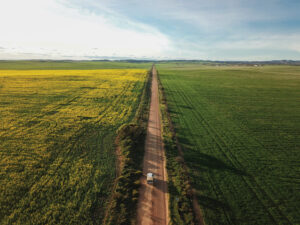
Plenty to be gained for croppers in using urea
Amid the lower grain and oilseed prices this harvest, at least some inputs have also come off their extreme highs thanks to more stability in




